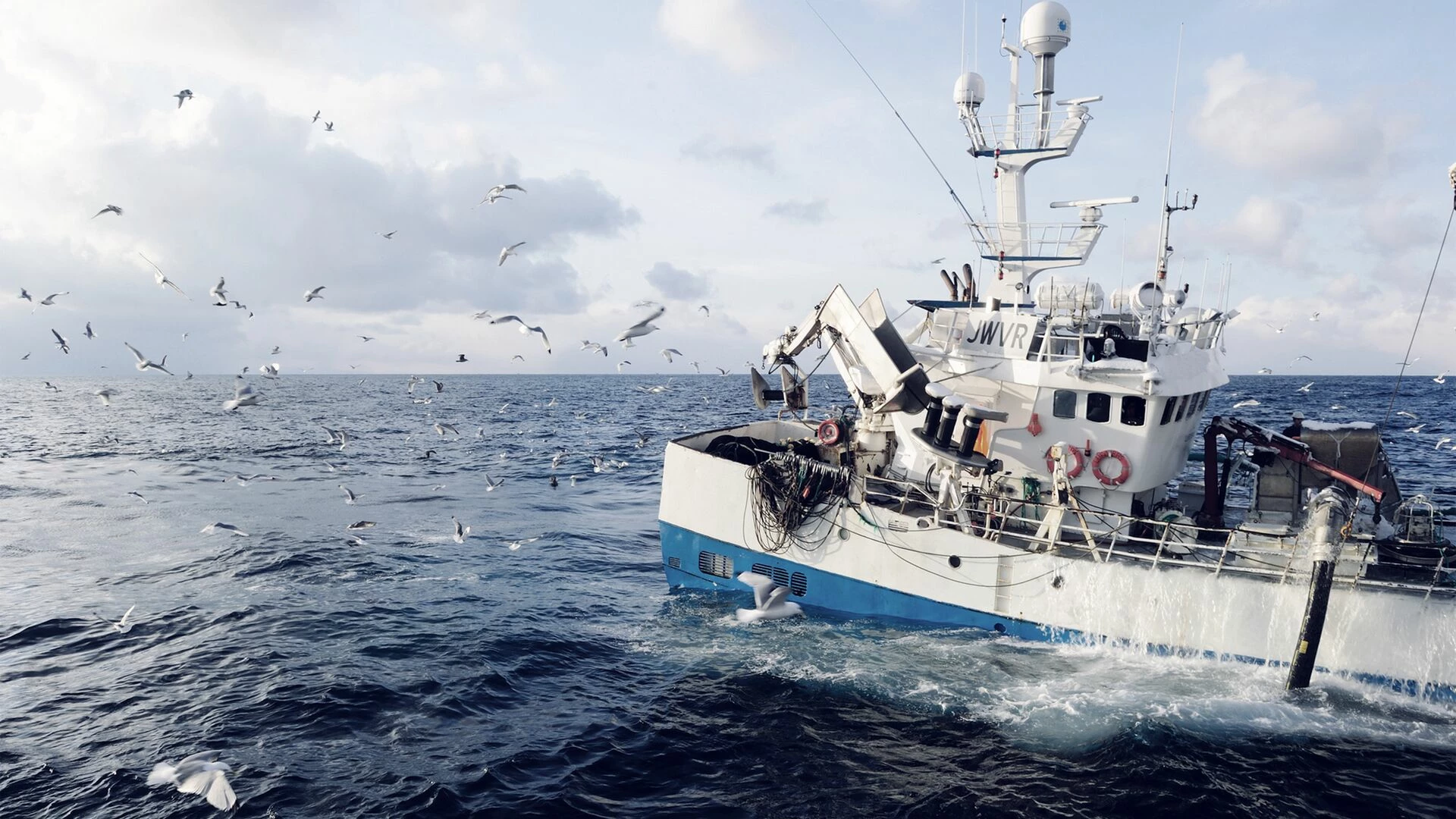
- Name:
- Kjetil Olsen
- Title:
- Chief Economist
Sivua ei ole saatavilla suomeksi
Pysy sivulla | Siirry aiheeseen liittyvälle suomenkieliselle sivulleTrumponomics will probably not lead to much lower growth in Norway’s economy or more rate cuts from Norges Bank. To the contrary, we’ve strengthened our view that the number of rate cuts will be few.

Trump’s trade war seems to be on. While there are still huge uncertainties around the duration and size of tariffs, which countries will be hit the most and what countermeasures will be put in place, Trump seems to walk the talk. The big question now is how this trade war will affect the world economy in general and the Norwegian economy in particular.
It is however important to realise that the trade war doesn’t happen in a vacuum. Other counteracting forces in Europe in particular might actually lead to higher, not lower growth. Combined with what is else happening in the Norwegian economy, we have therefore become more convinced in our view that the number of rate cuts from Norges Bank will be few.
In Norway, many are afraid we could end up in a so-called “triple squeeze” and be severely hit on multiple fronts. We do not agree. The arguments put forward are as follows:
Regarding point 1: Trump has so far not increased tariffs against Norway, and they might not even materialise. But if he does, our assessment is that Norwegian exports will in general be minimally impacted. The US accounts for only 3% of total Norwegian exports (6-8% of Mainland exports). Therefore the direct effect of US tariffs on the Norwegian economy should be relatively minor. Furthermore, commodities and fish account for most of our exports to the US. These goods are difficult for Americans to substitute, and/or have low price sensitivity (e.g., Norwegian salmon).
Regarding point 2: While Norway is not part of the European trade union, we find it unlikely that Europe would respond to potential US tariffs with a universal tariff against all trading partners, including Norway. Firstly, the EU has been very clear that possible countermeasures would be directly aimed at the US and not universal in nature. However, they could, in compliance with WTO law, implement measures to protect their own industry. Apart from steel, few of our exports to Europe directly compete with European production. Furthermore, the European Economic Area (EEA) agreement could also shield us from protective measures. We therefore do not find this argument well founded.
Regarding point 3: Tariffs put sand in the machinery of trade and will reduce welfare. Higher tariffs mean higher prices and lower growth. Trump’s way of operating, flooding the zone with messages every day, also creates uncertainty about what trade regime will be in place and for how long. This hampers investments for companies involved. It is important, however, to take into account that the trade war is not happening in a vacuum. The geopolitical situation we now face also means massive increases in defence spending in Europe, by far our most important trading partner.
This week both the EU and Germany announced huge spending packages that could increase European spending and investments by 2-2.5% of GDP per year over several years. This will be a huge boost to growth and could create an economic boom in Europe. We also see a large positive shift in European confidence, with the focus shifting from the negative impact of US tariffs to the positive impacts of investments and a more secure European military defence. The EU plans to make room for a €800 billion increase in defence spending over the next four years, equaling 1¼% of GDP p.a. The legal basis for the increased spending will not need the support of all the 27 members states, which means it could not be vetoed by Hungary.
The plan of Germany, the third largest economy in the world and the largest economy in Europe, is even more stunning. They propose amending the constitution to exempt defense spending over 1% of GDP from the debt brake in addition to using €500bn (11% of GDP) in infrastructure spending over 10 years. The defense spending exemption means Germany could increase its current 2% of GDP defense spending while also making room for additional fiscal support like take breaks or additional spending. They are also relaxing the rules on local government budgets, opening up for further support.
German Chancellor Friedrich Merz tweeted in English that they will do “whatever it takes,” a clear reference to Draghi’s famous 2012 comment on monetary policy. When Germany, which has traditionally been seen as the bloc’s most austere country opens up the spigots like this, it is also likely that other EU countries will follow suit with more defence and infrastructure spending.
The trade war is not happening in a vacuum. The geopolitical situation we now face also means massive increases in defence spending in Europe, by far our most important trading partner.
In sum, the growth impetus from abroad to the Norwegian economy will not necessarily be negative. Domestically, defense spending is likely to be accelerated and increased more rapidly than originally planned. Fiscal policy in Norway, which is already very stimulative at around 1% of GDP for 2025, might become even more stimulative.
This occurs in a context where there are clear signs that the Norwegian economy overall, and especially its interest-rate-sensitive sectors, are gaining momentum. In addition, core inflation is higher than expected, and the NOK is weaker than expected.
We still think Norges Bank will cut its key rate in March from 4.5% to 4.25%. The question is whether there will be more rate cuts after that. We have long forecast only two rate cuts in total from Norges Bank, and we have growth stronger in our view that the number of rate cuts will be few. In our view, there is a greater possibility of only one cut than of three, despite the trade war Trump has started.
See the full analysis on Nordea Corporate.
Find out more about the expected impact of potential tariffs on the Euro-area and other Nordic economies.

